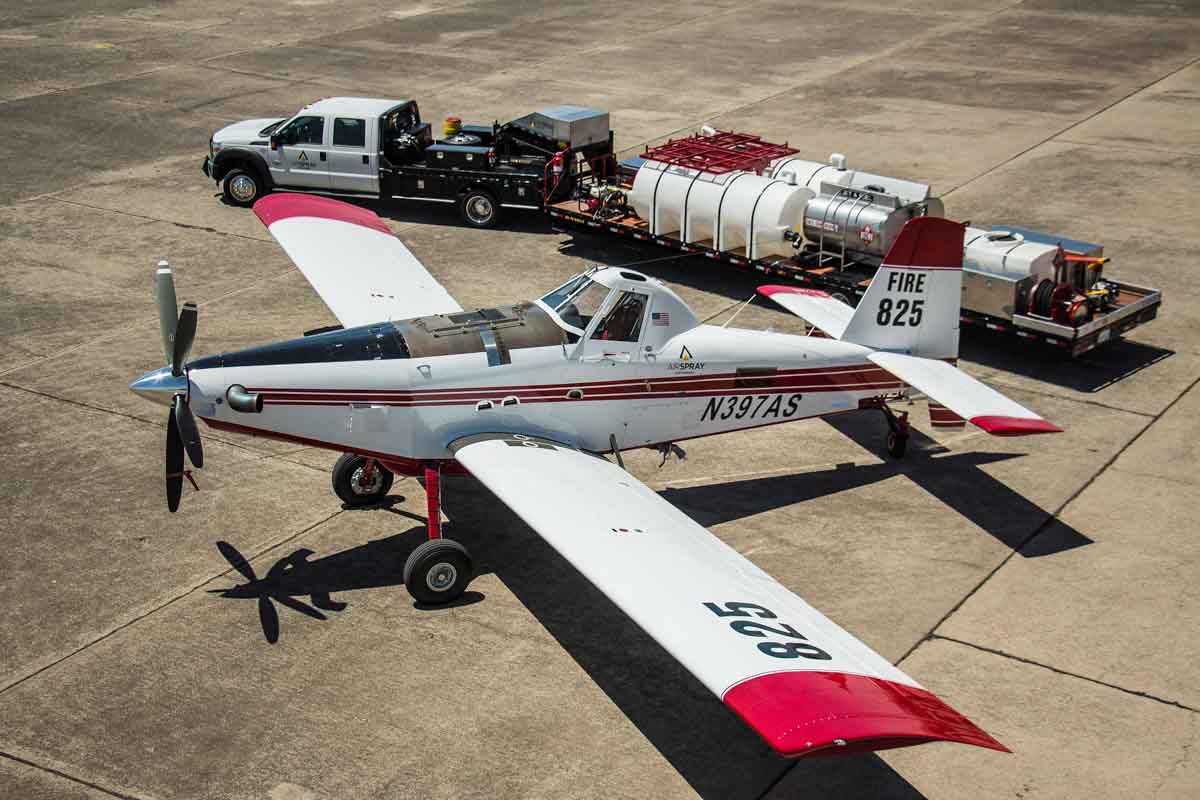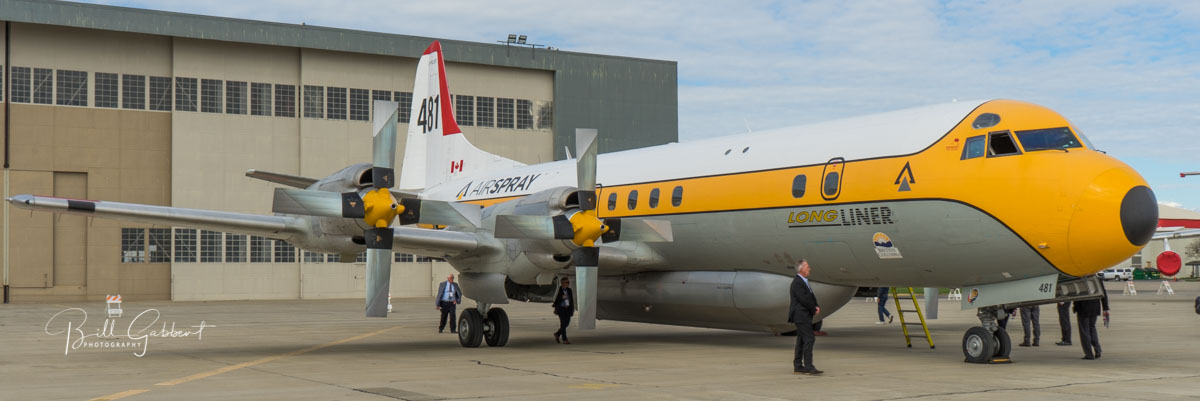Above: An Air Spray AT-802F Fire Boss at Omak, Washington in 2016. Photo by Air Spray.
Air Spray has exclusive use (EU) contracts for seven of their air tankers this year. The company has eight Air Tractor Single Engine Air Tankers. Five are on floats, AT-802F Fire Bosses, and three AT-802F’s have conventional wheeled landing gear.
Around the middle of May two of the Fire Bosses will start their contracts in Alaska. In the first part of June three more will begin working with the Washington DNR. And in early July two of the “wheelies”, AT-802F’s, will be on duty in Oregon, one with the state DNR and the other with the U.S. Forest Service.

That accounts for all of the SEATs except one. Ravi Saip, the company’s Director of Maintenance/General Manager, said he had hoped that the BLM would pick it up along with 32 other SEATs on their National EU contract.

Randy Eardley, spokesperson for the Bureau of Land Management, told us today that no EU contracts for Single Engine Air Tankers have been awarded yet this year, but there is an existing CWN contract for SEATs which will be used. He said it is unlikely that there will be an EU contract, for the second year in a row. Before 2017 there were typically 33 SEATs on EU. Approximately 10 have been working on a CWN basis in Texas and the Southwest during the last month or two.
So now, Mr. Saip is hoping that their remaining wheeled SEAT can find work on a CWN basis.

Like other air tanker operators, Air Spray has ground-based mobile maintenance units that are dispatched with their aircraft. But in addition to carrying tools and spare parts, they also bring pumps and tanks for mixing retardant before it is loaded onto the aircraft.

Air Spray also has a Lockheed L-188 that will be available to CAL FIRE on a CWN contract again this year.

The BAe-146 that the company started converting in 2014 has come a long way as you can see in the photo above. It will soon be doing some static testing for the Interagency Airtanker Board and at some point a grid test, dropping retardant into a grid of cups on the ground.


In your last update on the Air Spray 146 program, in March, you indicated that the grid test was scheduled for April. Now it seems it’s not even scheduled yet (“at some point”). What’s going on? Will Air Spray’s 146 miss this fire season?
Is it true that there were 4 of the air tractors available at Chico airport to suppress campfire when it was still small and were not used because of bureacratic red tape?unreal
William, please define “bureaucratic red tape”. Did they not have a contract with a local agency? But the main point is that with the extreme 60+ mph winds at the time:
1. No aircraft could fly safely low and slow over the fire.
2. Even if they could fly safely, the wind would have blown the retardant far off the intended targets. Any aircraft, from a 700-gallon single engine air tanker to a 19,000-gallon 747, would have been completely ineffective.
There is an internet story circulating that suggests that California does not allow single engine planes to be used as fire fighters. The story further suggests that Air Spray was aware of the start of the fire but was unable to respond because of California laws restricting single engine planes fighting these fires. True? False?